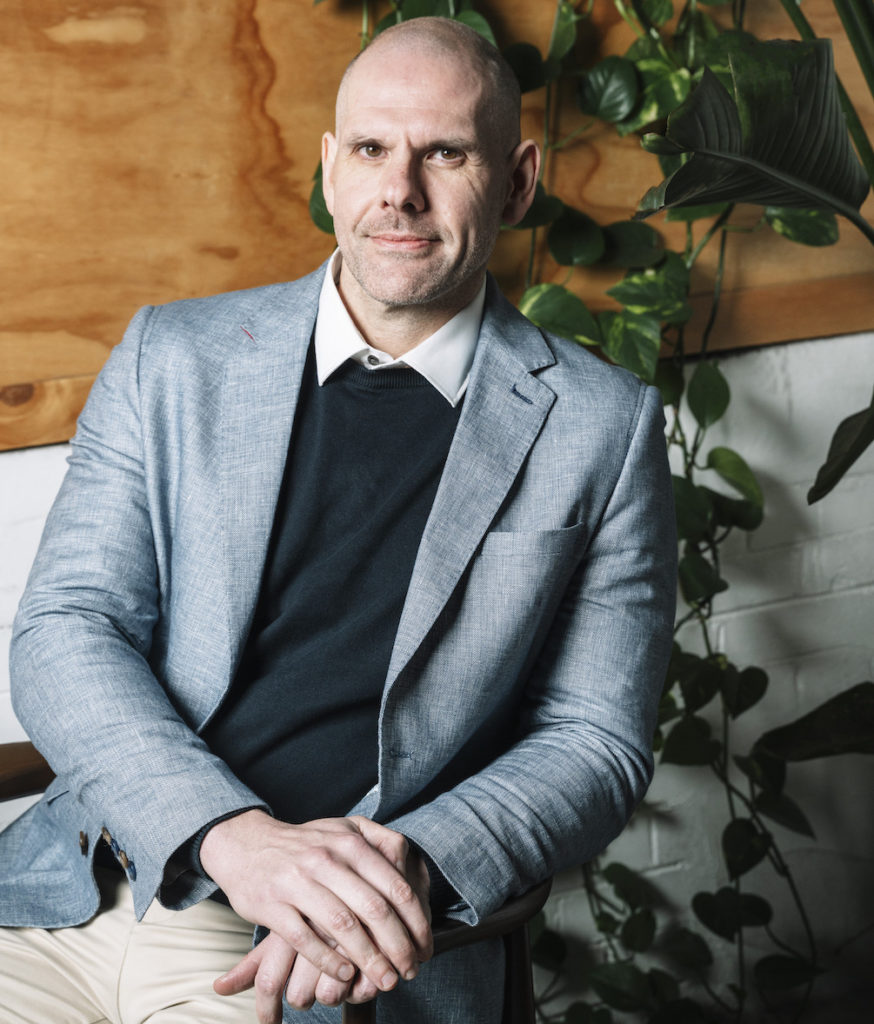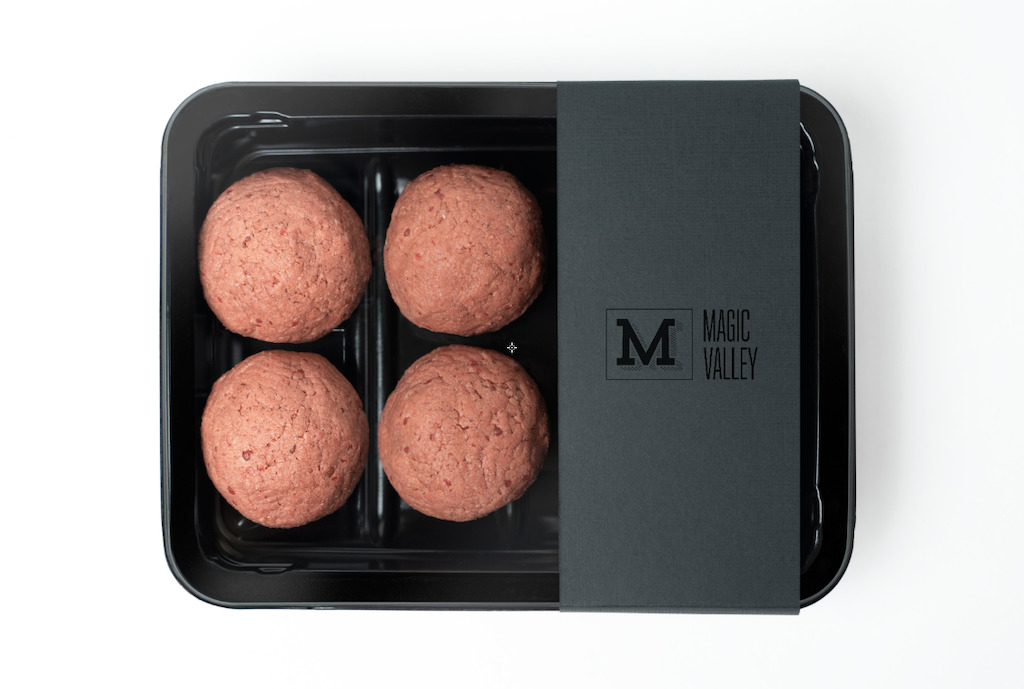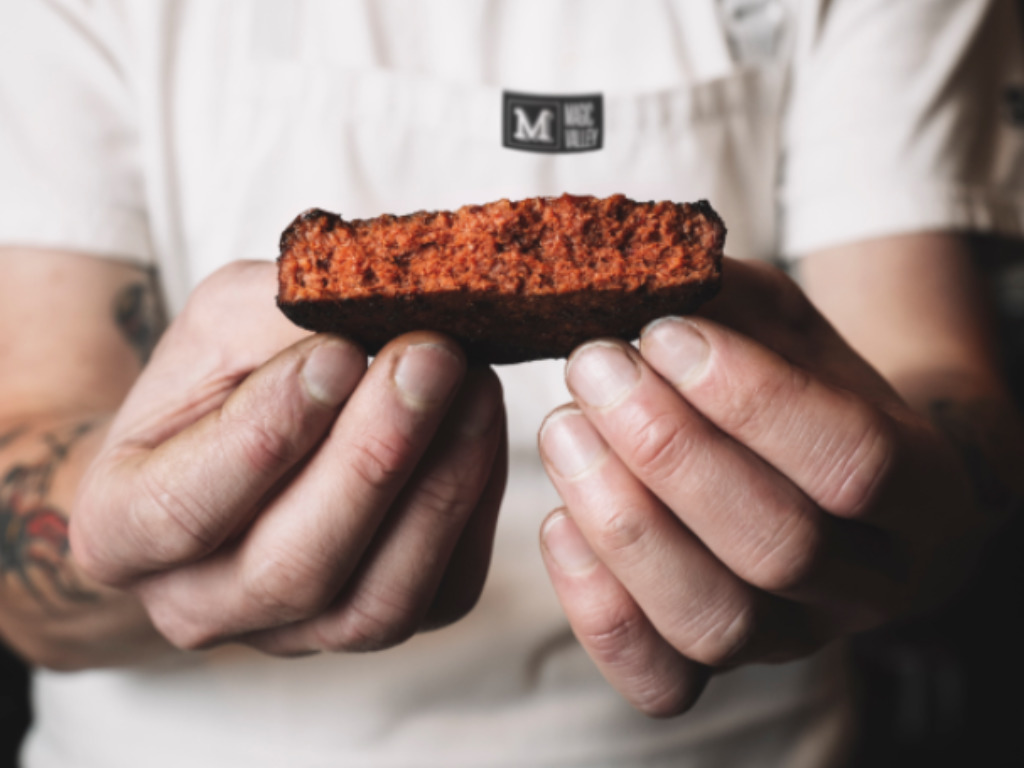Australia’s Magic Valley Takes on the Growing Demand for Lamb With Novel Cultivated Meat Tech
3 Mins Read
Australian food-tech company Magic Valley says it has created a prototype for the country’s first cultivated lamb meat.
It’s a move the company says is aimed at meeting Australia’s changing dietary preferences. According to Magic Valley, more than 33 percent of Australians are looking at ways to reduce meat consumption.
Global lamb consumption
While a number of food tech companies are tackling chicken, pork, and beef, lamb has seen far fewer innovations in the space. But there’s an urgent need to address lamb consumption as it is the fourth most consumed land-based meat in the world—about a quarter of the global population regularly consumes lamb, a number that’s climbed from 20 percent a decade ago. That number is only expected to rise as income levels rise in countries including China, which consumes the most lamb in the world.
Lamb is a leading contributor to climate change due in large part to the methane emissions. A single sheep can produce about 30 litres of methane each day. Methane traps more atmospheric heat than carbon dioxide. The world’s leading climate experts say an urgent 30 percent drop in methane emissions is needed to help keep the planet from surpassing the 1.5°C temperature rise over pre-industrial levels.

“By 2024, cultivated meat products will be indistinguishable from traditionally farmed meat, with the ability to enhance nutrients to positively impact the human population,” founder and CEO Paul Bevan said in a statement.
“With the global population predicted to reach 10 billion people by 2050, the traditional methods of animal agriculture are simply inadequate to meet the protein needs of our future generations. The move away from traditional meat consumption is motivated by many different reasons for Australians, but the science has shown that if we are not feeding livestock and instead feeding ourselves, this is a viable way to nourish the human population beyond 2050,” Bevan said.
Making cultivated lamb meat without FBS
The lamb cells were taken from a small skin biopsy of a lamb named Lucy, who the company says is “happily residing in a field in New South Wales.” The cells were then turned into induced pluripotent stem (iPS) stem cells that can grow in “an unlimited and scalable way”.
These cells can also grow to produce muscle and fat. The tech allows Magic Valley to bypass the need for a growth medium like Fetal Bovine Serum (FBS)—all that’s needed is the initial tissue sample, which can be done with little harm to the animals. Magic Valley says the use of this tech marks a world’s first for lamb meat.

According to Magic Valley, its cultivated lamb meat looks and cooks just like conventional lamb but with the potential for a healthier nutrition profile. The company is currently using cultivated lamb for burgers and tacos.
Magic Valley says the cultivated meat market could make up more than 30 percent of the global $1.8 trillion meat market by 2040.
“The positive impacts cultivated meats can have not only have the potential to save over 70 billion animals per year, but also lays the groundwork for a more environmentally sustainable future by significantly reducing global greenhouse gas emissions by 92 percent,” the company said. Magic Valley anticipates bringing its products to market by 2024 pending regulatory approval and a forthcoming $5 million seed capital raise.
Photos courtesy Magic Valley




